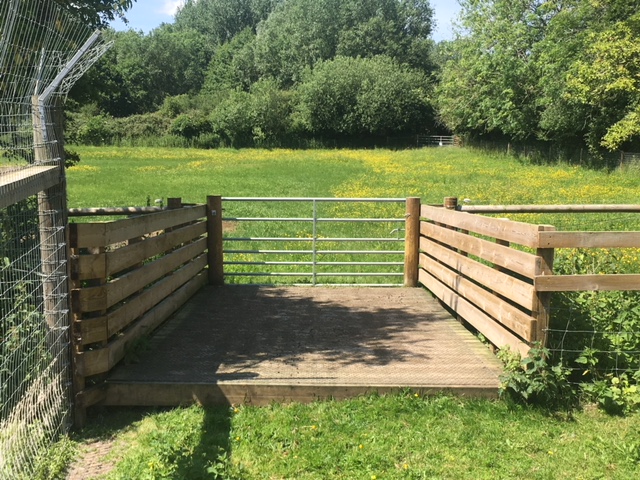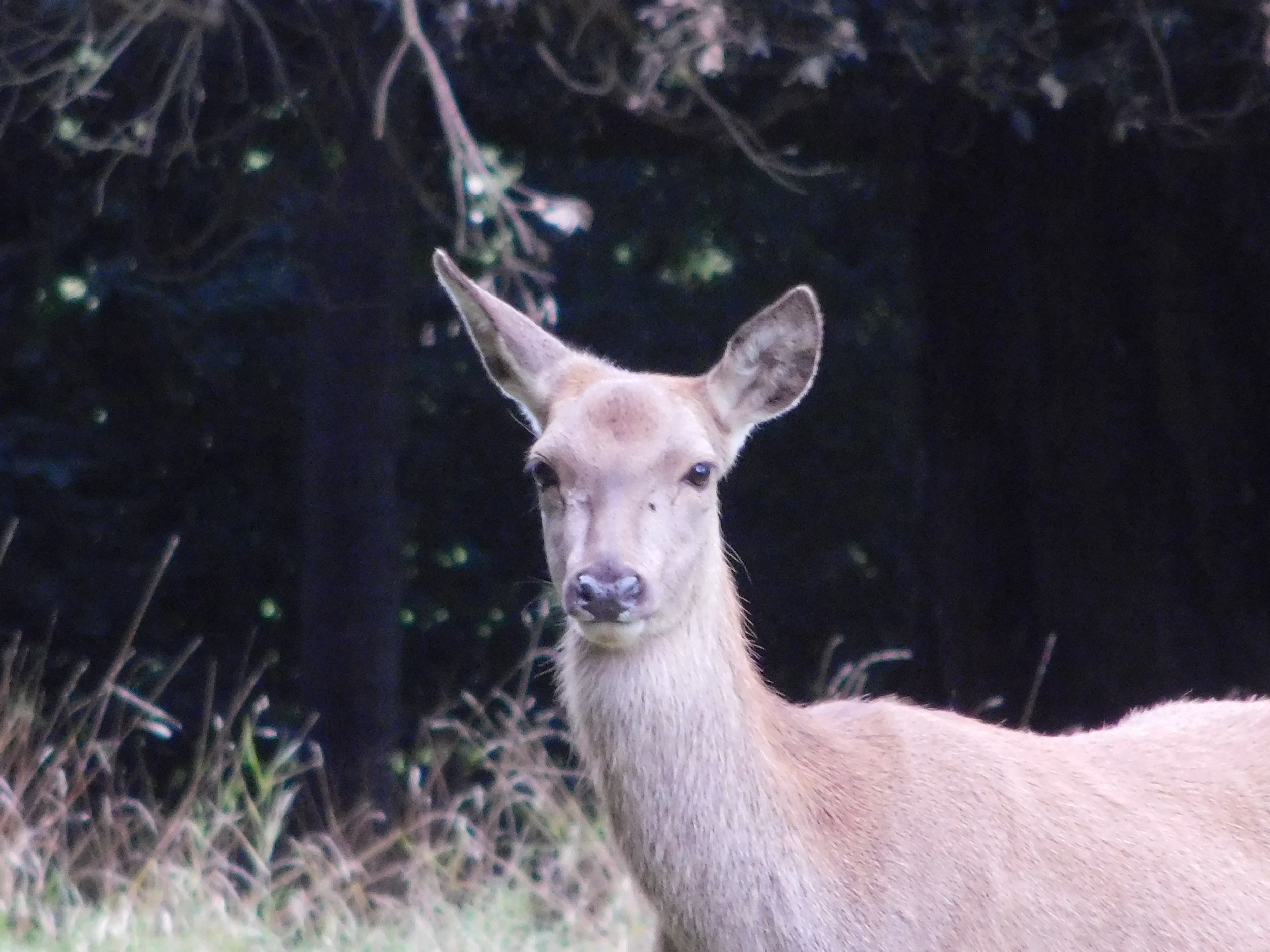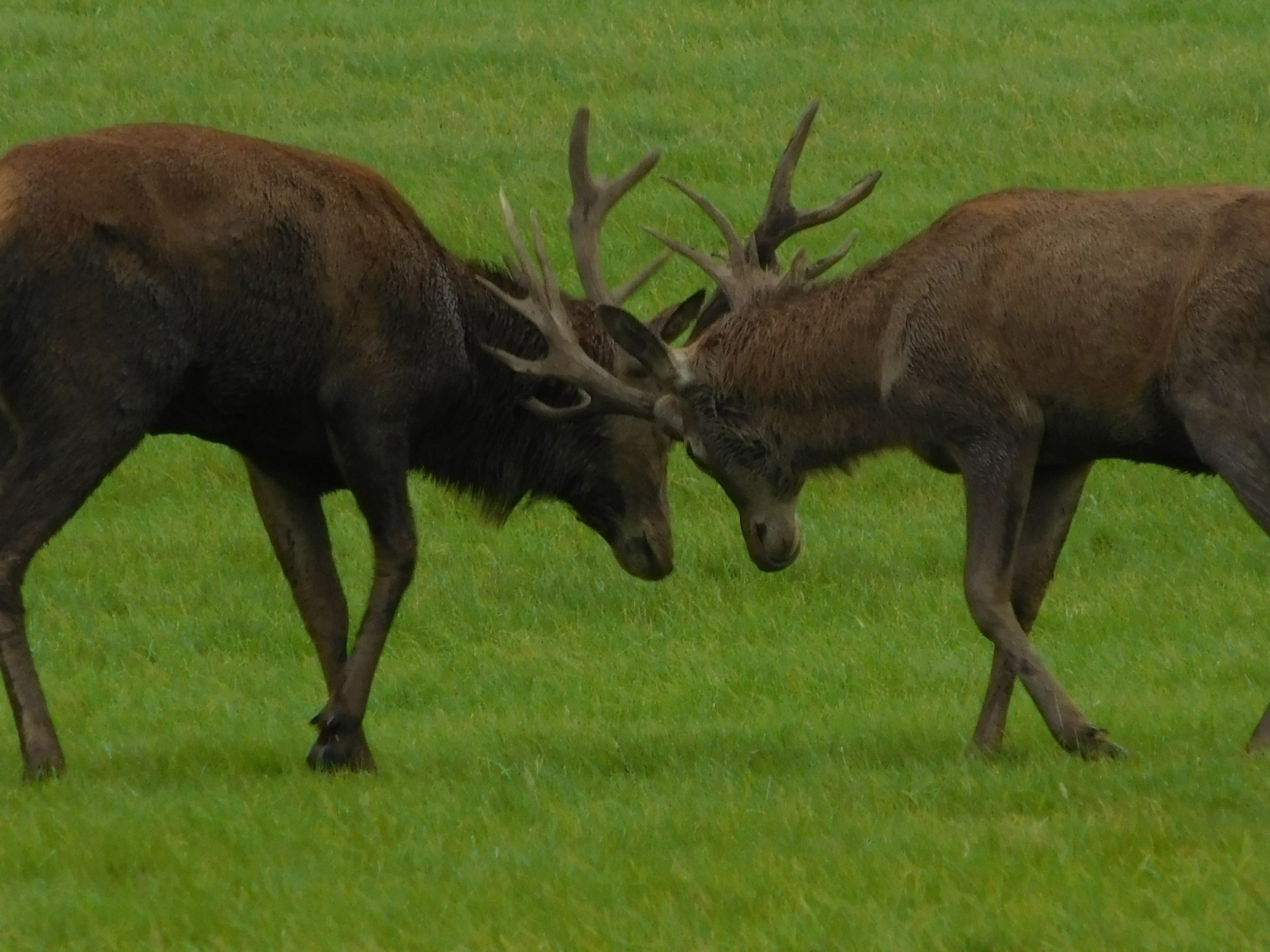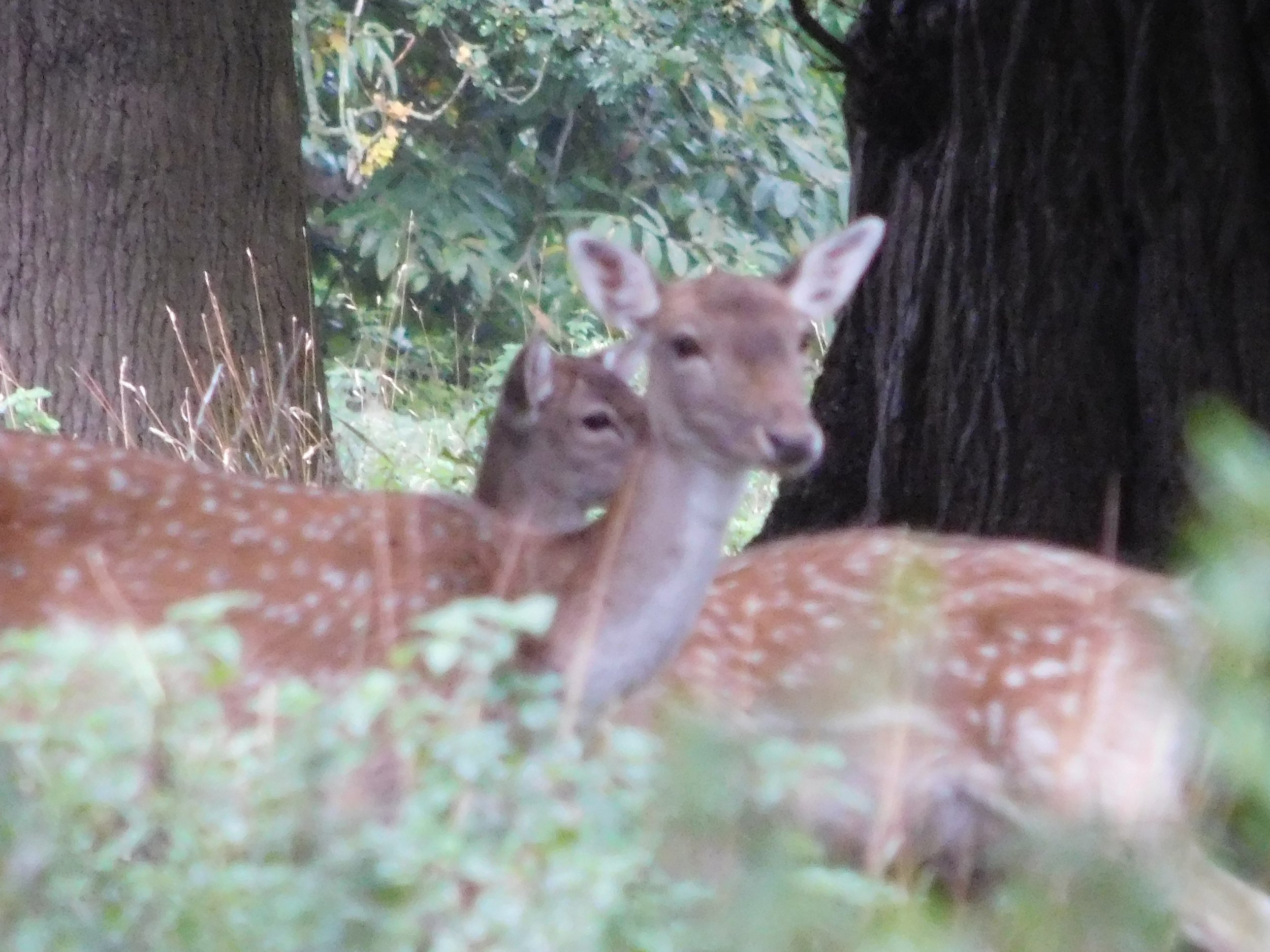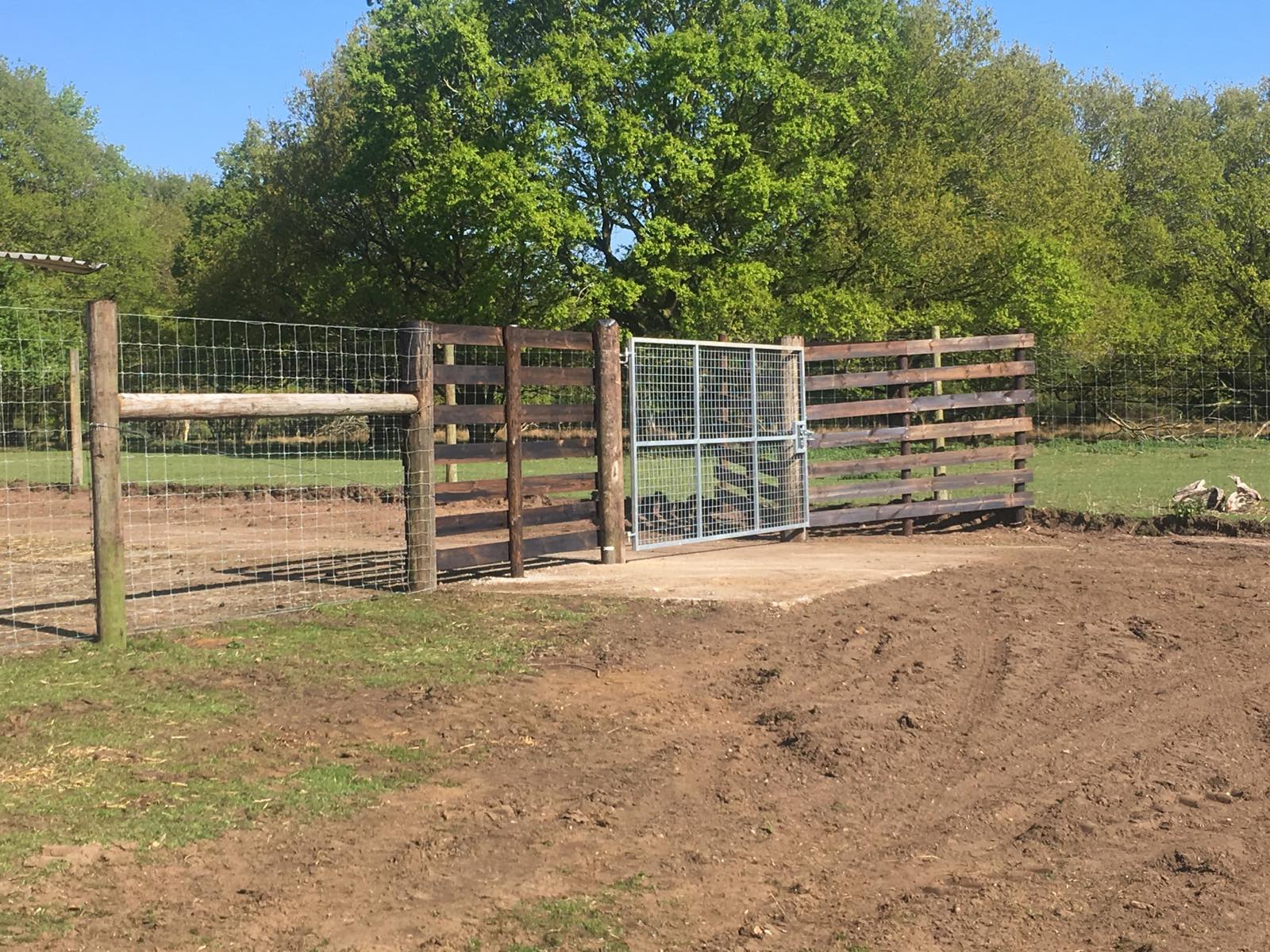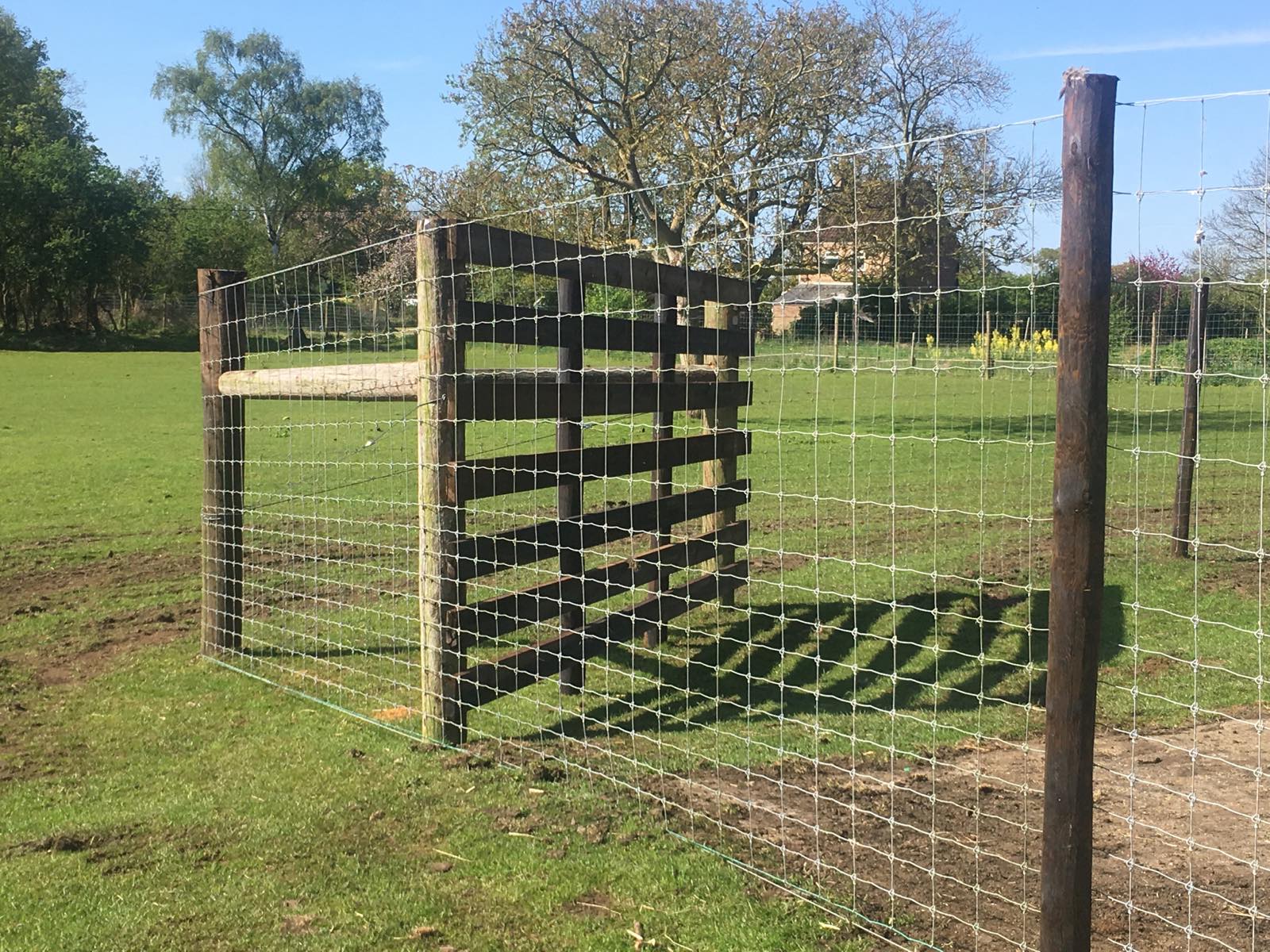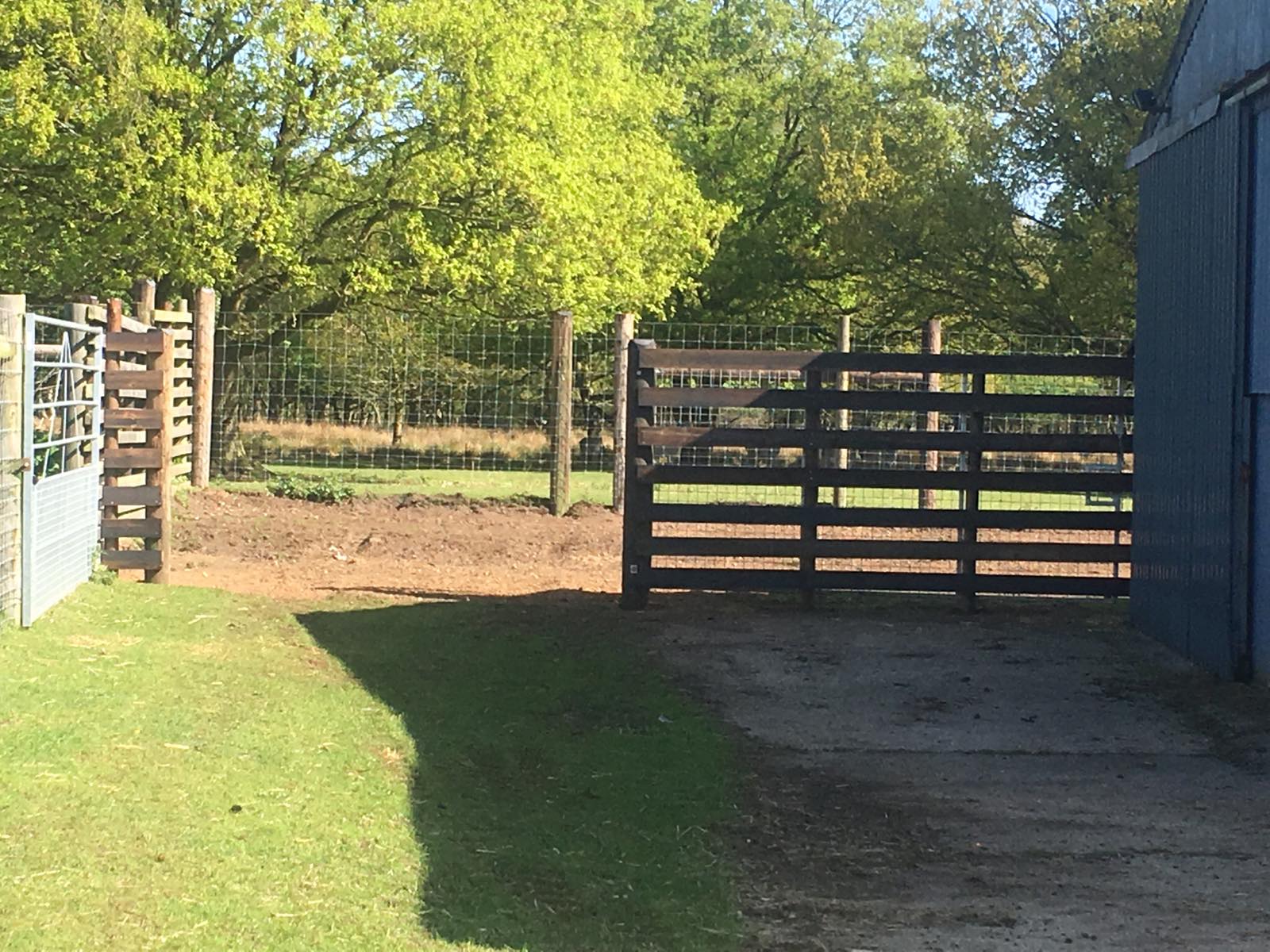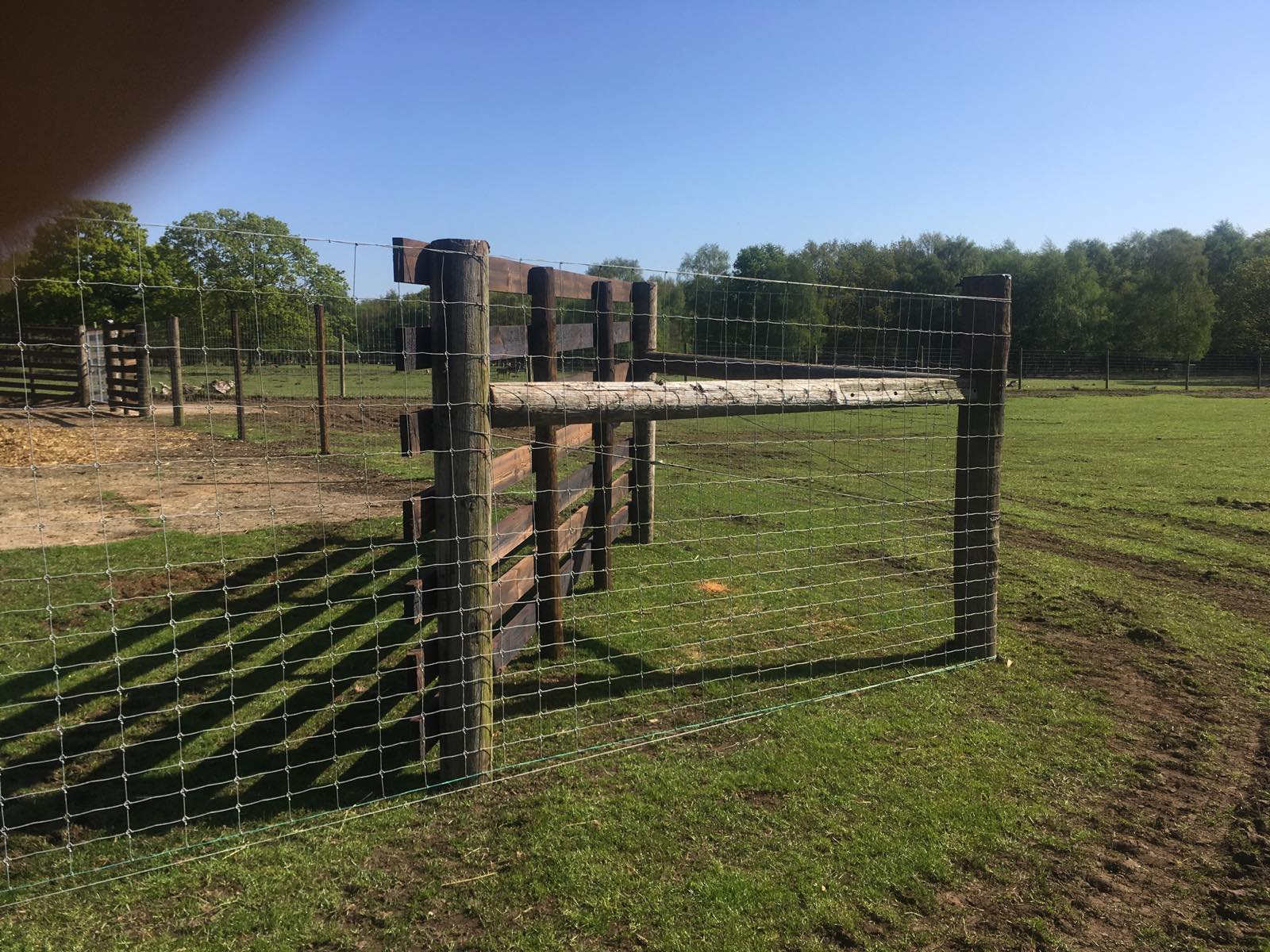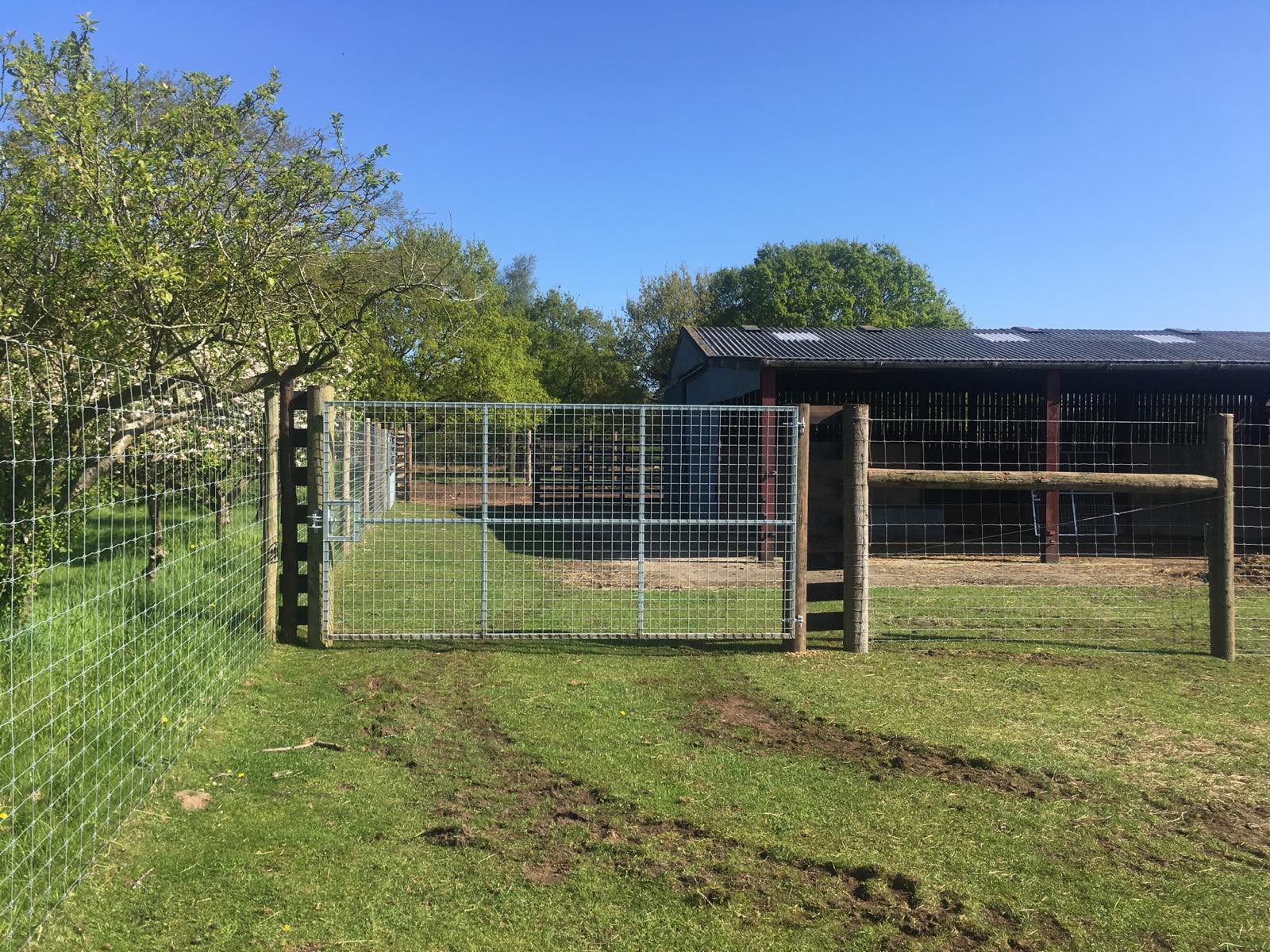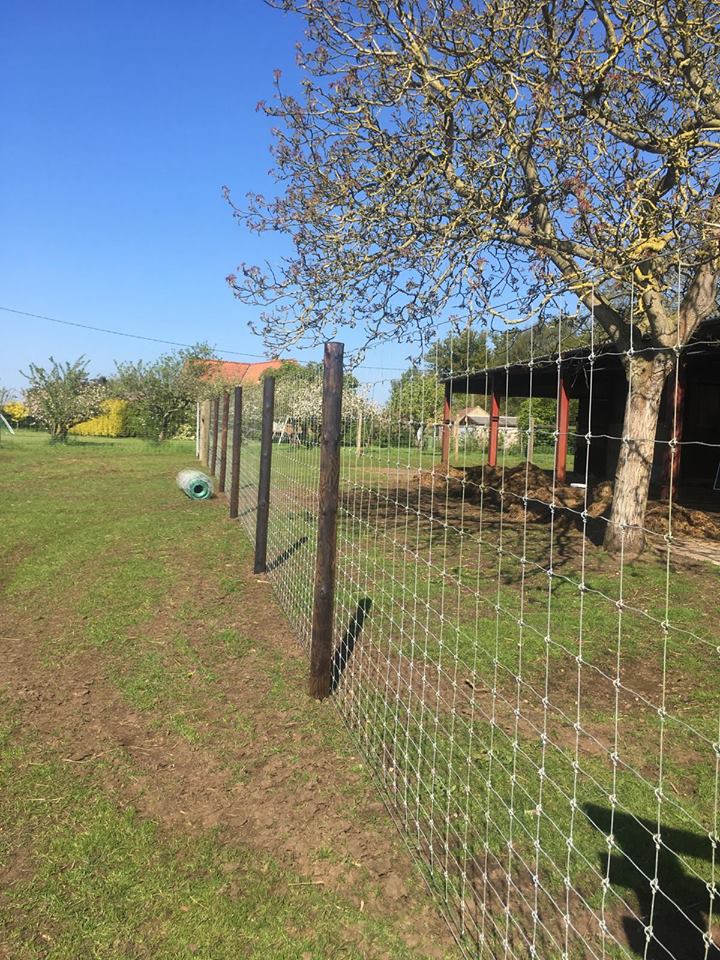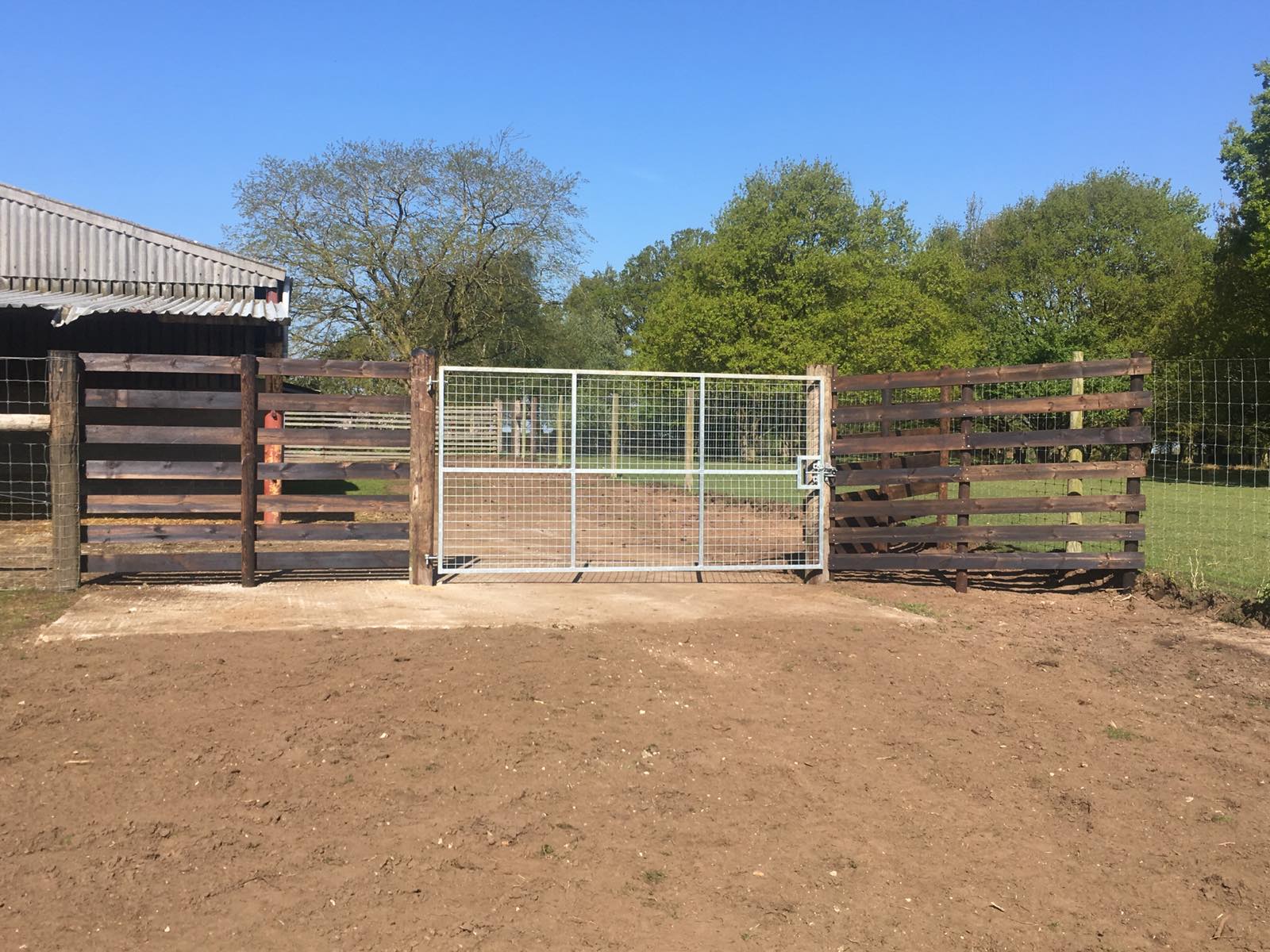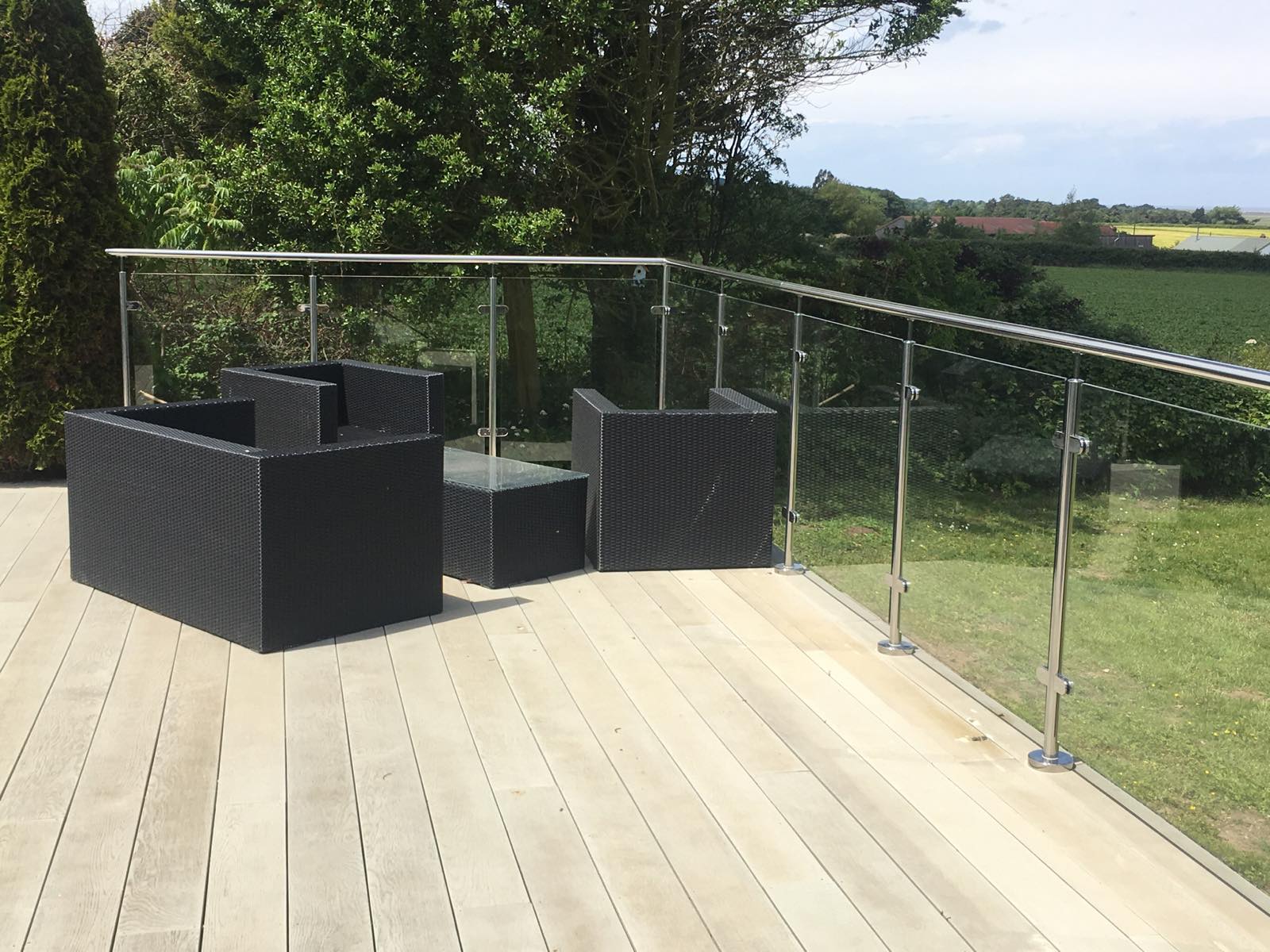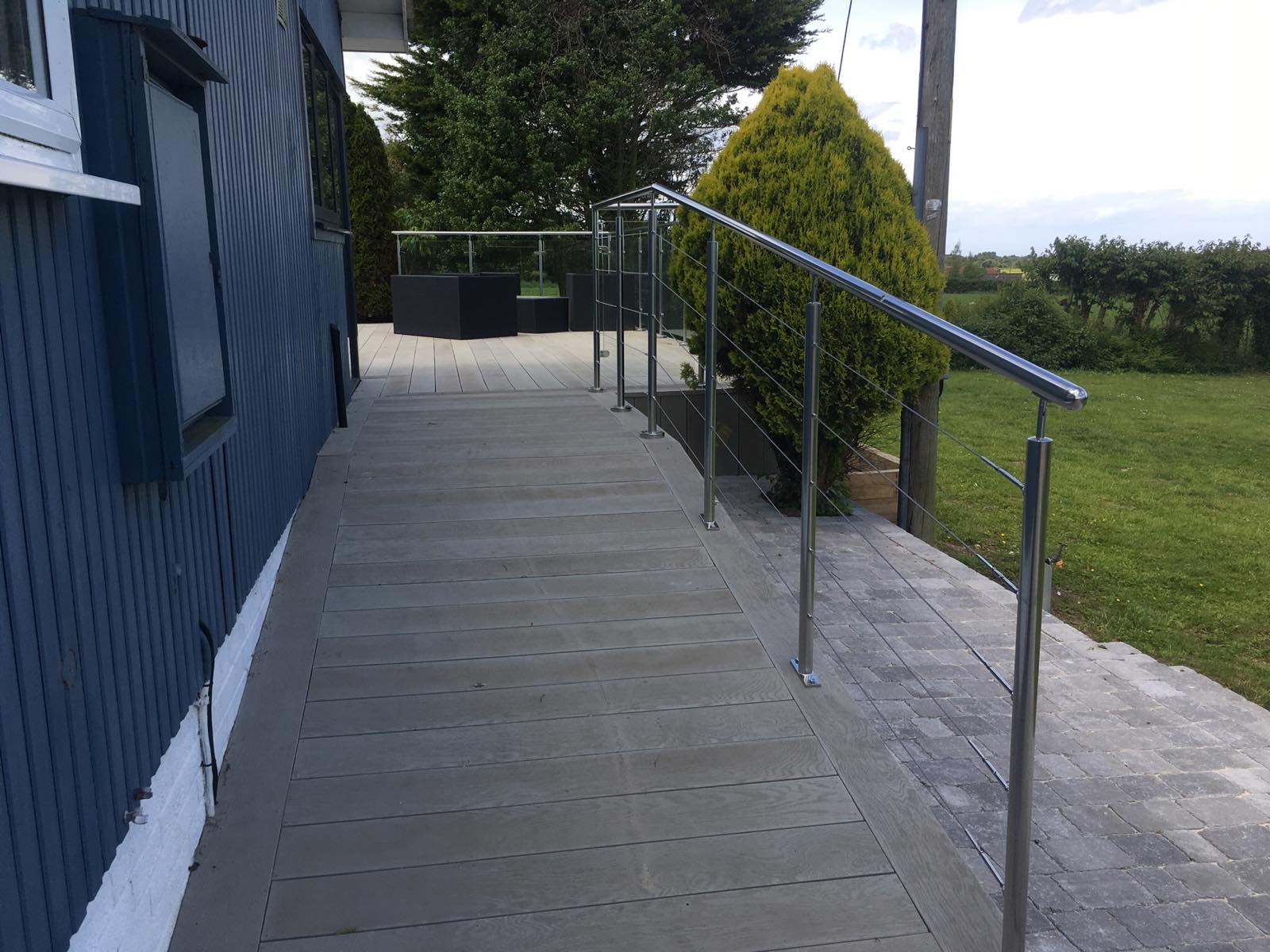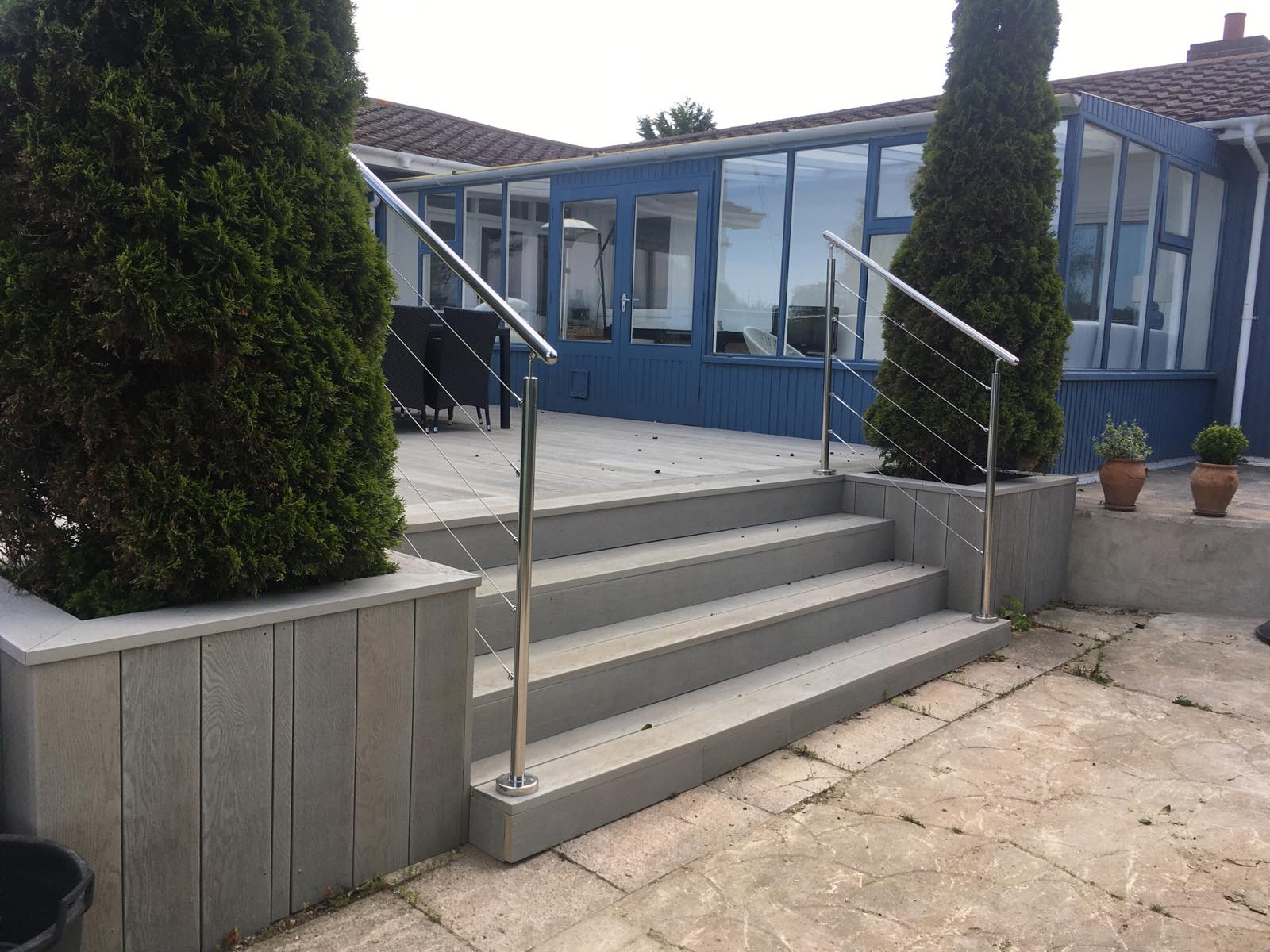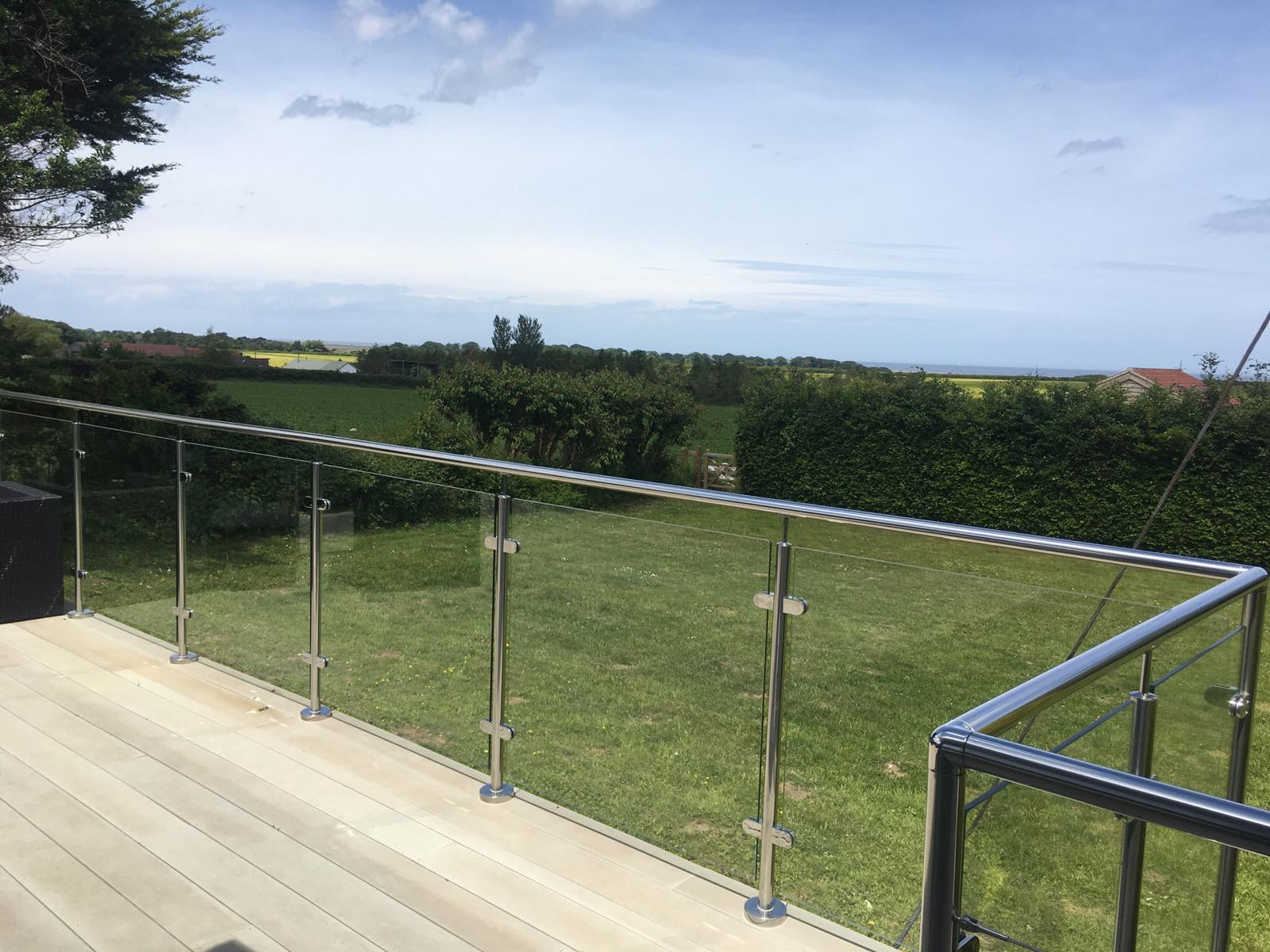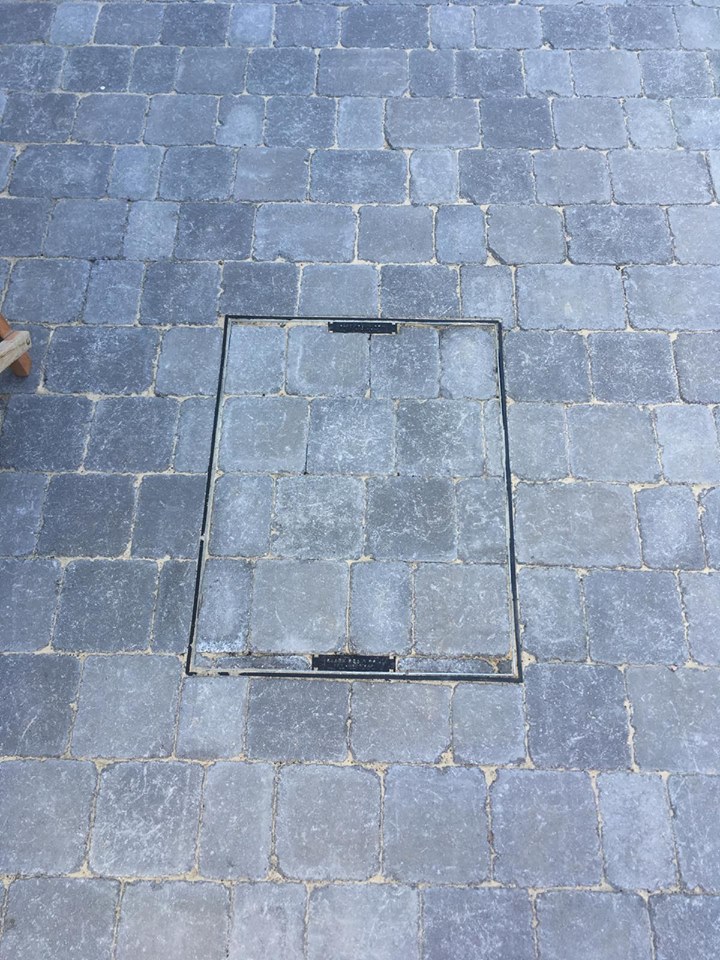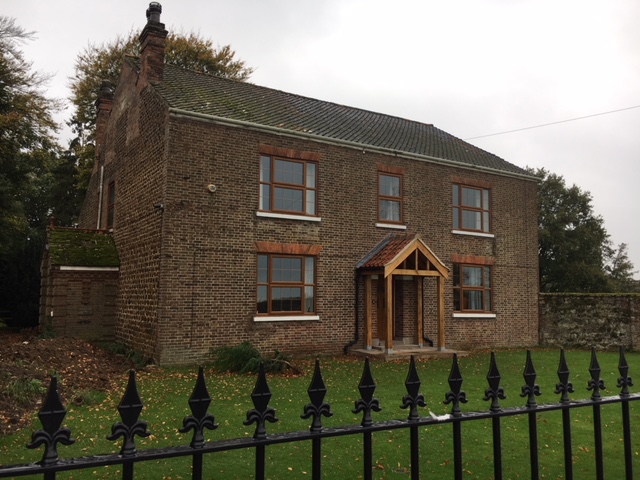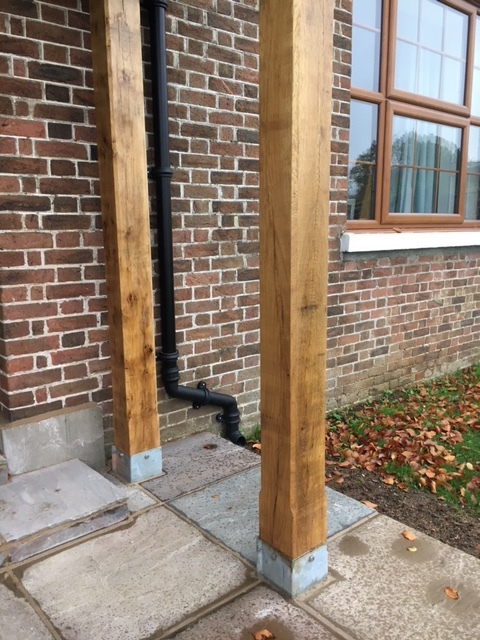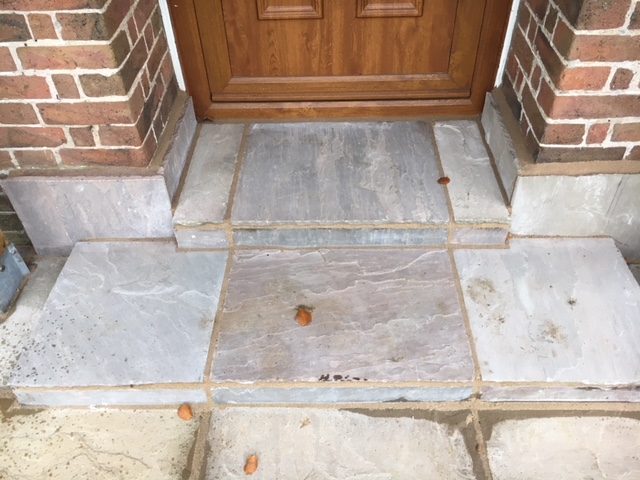Containing the escape artists
There are beavers back in Norfolk after a 400 year absence and Dodd & Co were an integral part of the project as the fencing and construction company turned its hand to ensuring that nature’s escape artists had a secure home in which to do their water-management magic.
Wild Ken Hill is an exciting project which seeks to return 1,500 acres of Norfolk land back to nature. The unique project, which centres around the marsh and grasslands between Snettisham and Heacham, aims to drastically change the way the land is used, returning it to the natural landscape that would exist if man didn’t intervene.
As the team at Ken Hill explain: “Rather than following the harsh agricultural and forestry techniques that have contributed to record emissions and species loss, we want to show that land can be used to fight climate change, to manage air and water quality, and as a space for nature and people. In the process, we hope to demonstrate the power of a 'rewilding' approach, both as a tool for environmental good, but also as a way for farmers to reinvigorate their businesses.”
One thing that makes Ken Hill so perfect for a rewinding project of this nature is, ironically, the poor quality of the land. A sandy top soil dries very easily and blows away in the sharp coastal winds, the heathland takes an enormous amount of artificial care in the form of sprays and fertilisers, before it can carry commercial crops. It just makes sense to hand it back to nature.
By allowing the soils to recover and the natural vegetation to grow, the land at Ken Hill will improve its biodiversity and allow processes such as carbon capture to restore the relationship between the land and the climate.
It is not only the native vegetation that is being encouraged at Ken Hill. The team are also introducing animal species that will benefit from this environment. Native cattle and pig breeds will all play their role in the natural cycle. And other wild species are also slowly being introduced.
And this is where Dodd & Co comes in.
In December 2019, Ken Hill learnt that they had been granted a licence to release fifteen beavers into an enclosure at Wild Ken Hill. This is the first time that beavers have existed in Norfolk for hundreds of years after they were hunted to extinction – the last beaver is recorded in England in the 17th century. By reinstating the beaver, Wild Ken Hill will be able to tap into the animal’s incredible water management skills. This will play a huge part in growing the biodiversity on the site.
Beavers build dams, channels and other structures that help the water on and off the land efficiently. To provide data and information for future projects, the team at Ken Hill are working with the University of East Anglia to monitor the biodiversity impact that the beavers will have on the land.
Dodd & Co were commissioned to build an enclosure that was some 55 acres in size. Among its features were a tall perimeter fence that also drops below the surface to prevent the beavers burrowing out. The team also fitted metal grills on all exit and entry points into the enclosure.
In total, 2,000 metres of fencing was used to surround the enclosure. Two types of fencing were used: Tornado RL19/180/5 and Tornado RL6/50/5. This is specialist otter fencing taking into account the beavers ability to burrow, hence the fencing had to be 90 cm underground as well as reaching a height of 1.2m above ground. The top of the fence is cranked to prevent the beavers climbing over.
Timber for the posts and supports was supplied by MW Nice Ltd of Bury St Edmunds. These included 7-8” three metre strainers and 3-4” two metre intermediate posts. The posts were set at 3.5 metre intervals.
Commenting on the work carried out by Dodd & Co, Wild Ken Hill’s project manager Dominic Buscall said: “Dodd & Co have done work on this unusual job. Beavers are known as canny escapists so it was important to get this bespoke fence done correctly and securely. We are grateful for their diligent work in this hugely important piece of conservation for Norfolk.”
Managing director Jamie Dodd added: “We have done a number of projects using otter fencing now and I can honestly say this was one of our best pieces of work. I am really pleased with the outcome.”













